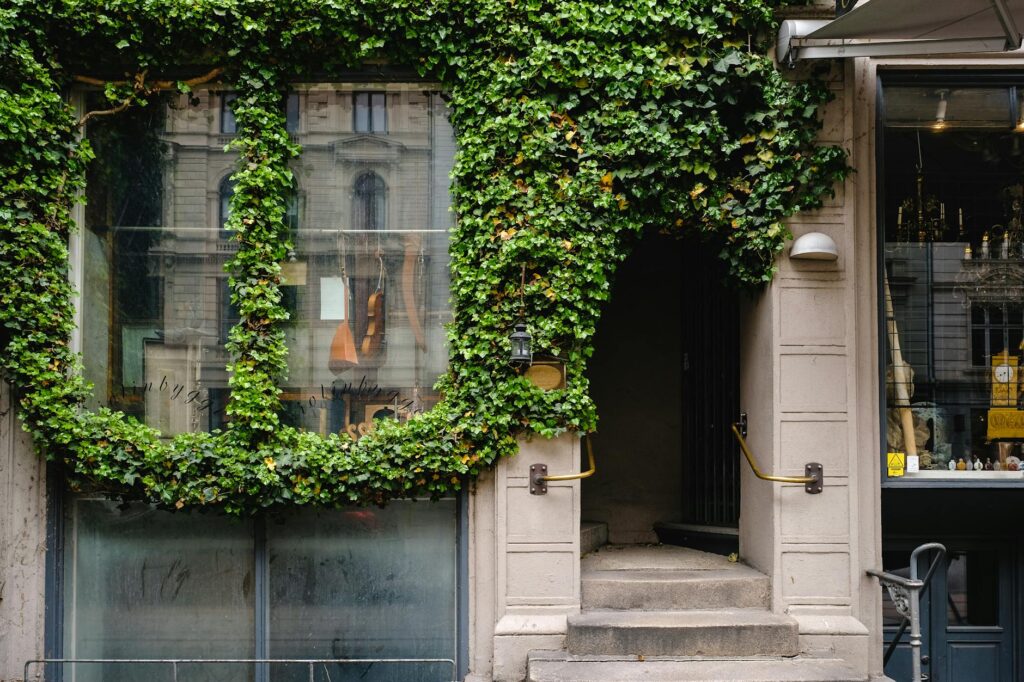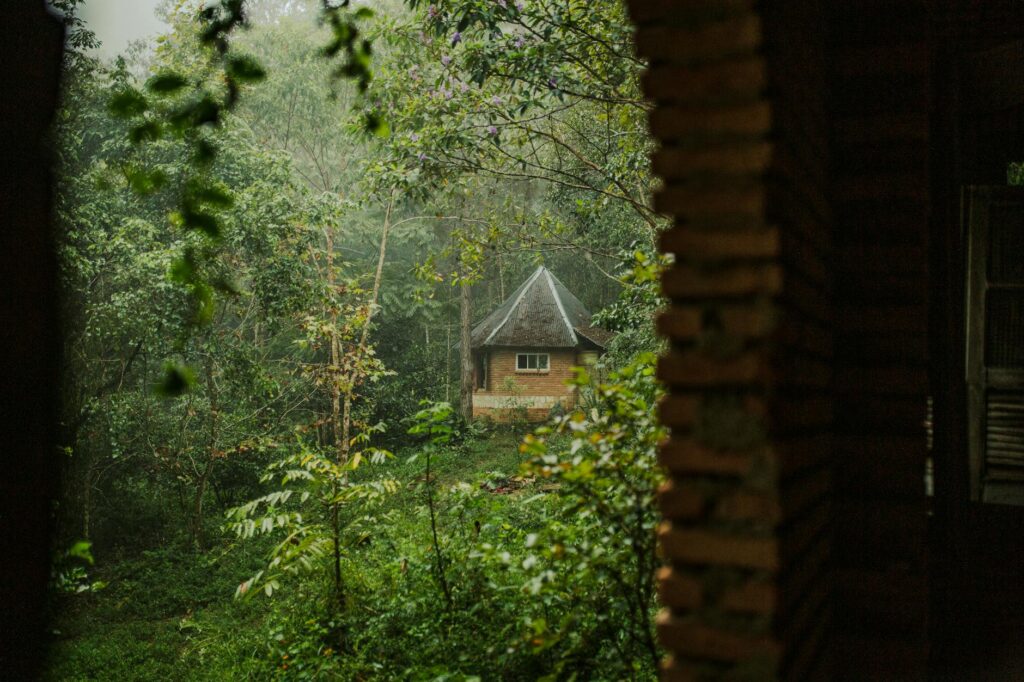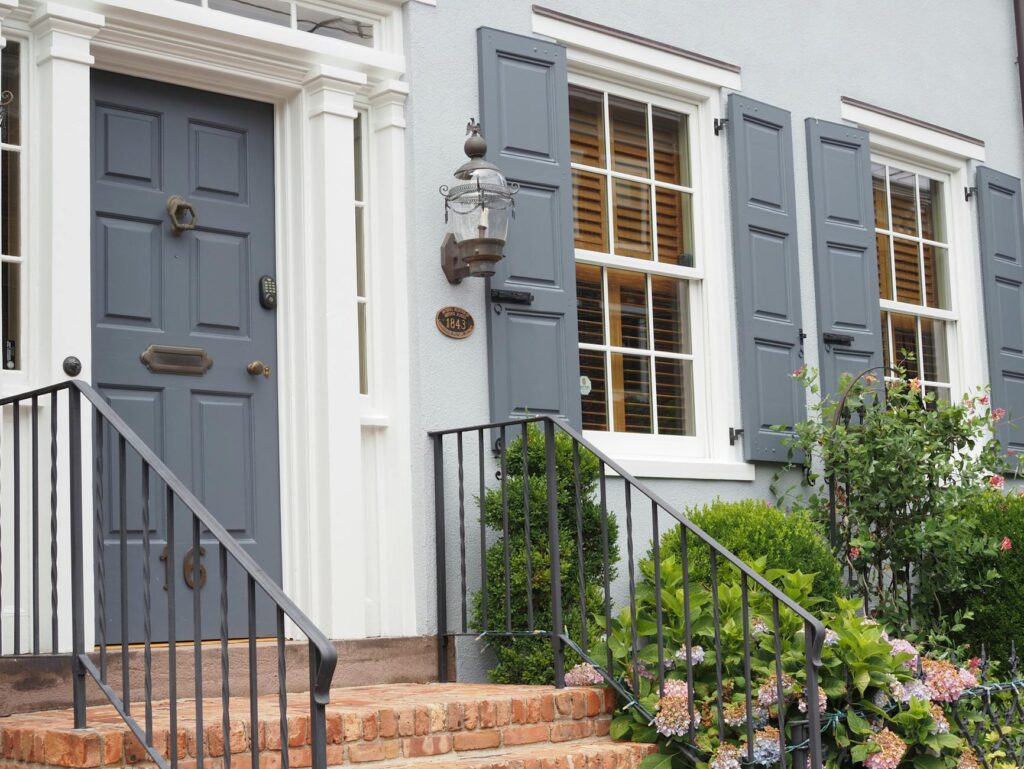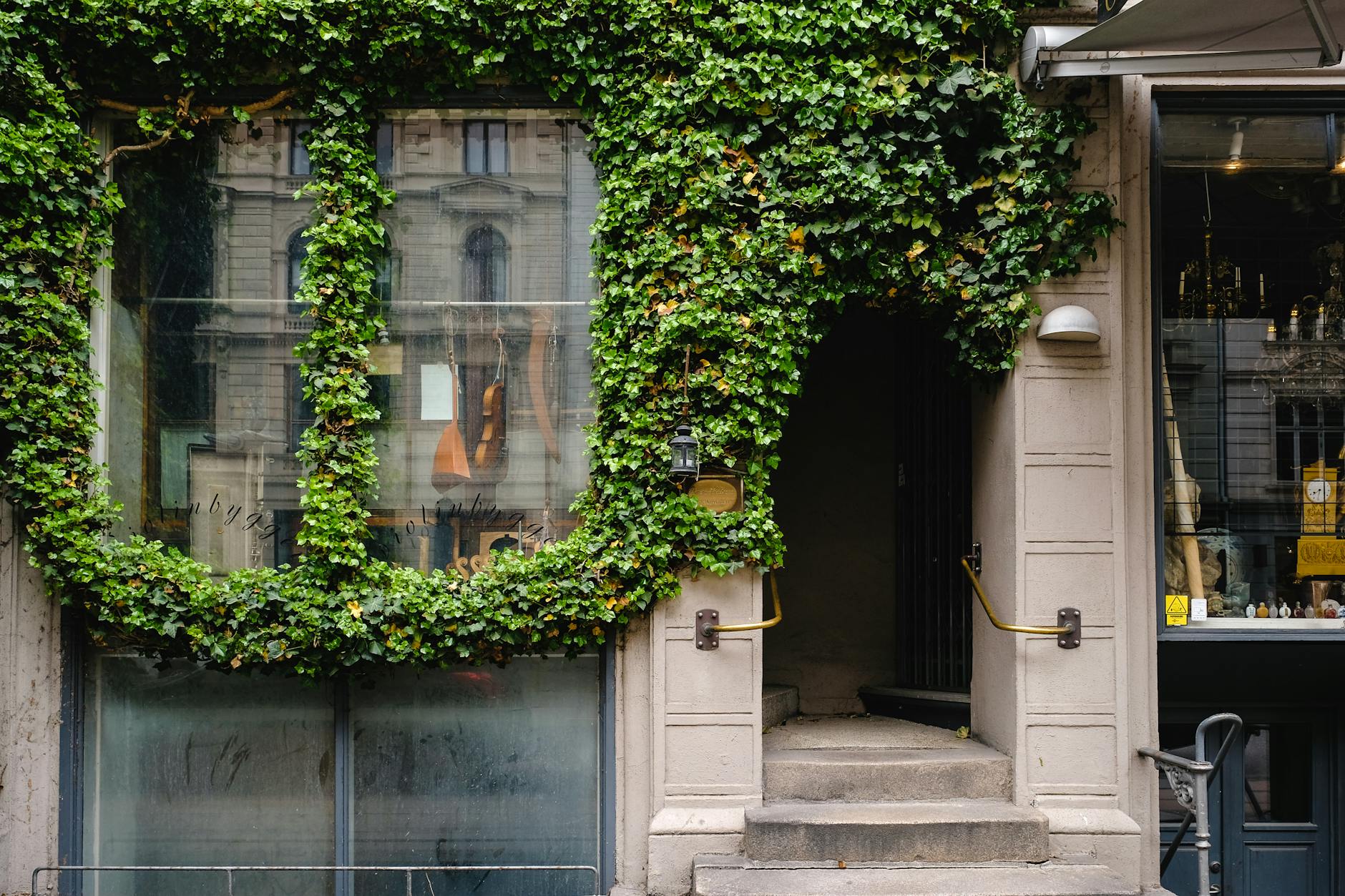We spend a significant portion of our lives indoors. Our homes should, therefore, be sanctuaries that nurture our well-being. Biophilic design offers a powerful approach to creating healthier, happier living spaces by integrating the natural world into our interiors. This approach isn’t just about adding a few plants; it’s about thoughtfully connecting with nature’s elements to enhance our physical and mental health.
Natural Light and Ventilation
Maximizing natural light is a cornerstone of biophilic design. Large windows, skylights, and strategically placed mirrors can flood your home with sunlight, boosting vitamin D levels and improving mood. Complementing this with proper ventilation, such as operable windows or an efficient ventilation system, ensures fresh air circulation and reduces indoor pollutants. 
Bringing the Outdoors In: Plants and Greenery
Introducing plants into your home isn’t merely a decorative choice; it’s a biophilic necessity. Plants filter the air, reduce stress, and create a calming atmosphere. Consider a variety of plants, from low-maintenance succulents to larger statement pieces, to create a vibrant and lively space. For tips on selecting the right plants for your home, check out our guide on Choosing the Perfect Indoor Plants. 
Natural Materials
The materials we use in our homes significantly impact our well-being. Opting for natural materials like wood, stone, bamboo, and cotton promotes a sense of connection to nature. These materials also tend to be more sustainable and less likely to release harmful chemicals into the air, improving air quality and overall health. Learn more about sustainable choices by visiting this resource on eco-friendly building materials.
Water Features
The calming sound and visual appeal of water are incredibly soothing. A small indoor fountain, an aquarium, or even a decorative water wall can dramatically enhance the biophilic qualities of your space. The gentle sound of running water helps to mask distracting noises and create a peaceful ambiance. 
Natural Color Palettes
Color psychology plays a vital role in biophilic design. Incorporate a palette inspired by nature, using earthy tones like greens, browns, and blues. These colors evoke a sense of calm and tranquility, helping to reduce stress and promote relaxation. For color inspiration, you might find this website on nature-inspired palettes helpful.
Patterns and Textures
Nature is full of intricate patterns and diverse textures. Incorporate these elements into your home through textiles, wall coverings, and furniture choices. Think organic shapes, flowing lines, and natural textures like wood grain or woven fabrics. [IMAGE_4_HERE]
View of Nature
If possible, design your living spaces to maximize views of the outdoors. A window overlooking a garden, a nearby park, or even a tree-lined street can significantly enhance your connection with nature and boost your mood. Consider adding a small balcony or patio to further extend your outdoor access.
Connecting Indoors and Outdoors
Seamlessly blending indoor and outdoor spaces is a key principle of biophilic design. Use large windows or sliding doors to create a visual and sometimes physical connection between your home and the surrounding environment. This can be as simple as placing potted plants on your patio or as complex as designing an outdoor living area that flows directly from your living room. For more advanced ideas, check out our article on blurring indoor-outdoor boundaries. Here’s a great resource on outdoor design. [IMAGE_5_HERE]
By incorporating these principles, you can transform your home into a haven that promotes well-being and enhances your connection with nature. Biophilic design offers a holistic approach to creating a living space that nurtures your mind, body, and soul. It’s an investment in your health and happiness.
Frequently Asked Questions
What is biophilic design? Biophilic design is an approach to architecture and interior design that seeks to connect building occupants more closely to nature.
What are the benefits of biophilic design? Studies suggest it can reduce stress, improve mood, increase productivity, and enhance overall well-being.
How much does it cost to implement biophilic design? The cost varies greatly depending on the scale and specifics of your project. Simple changes like adding plants can be inexpensive, while larger renovations require a bigger budget.
Is biophilic design only for new builds? No, existing homes can easily incorporate biophilic design principles through thoughtful renovations and décor choices.
Where can I learn more about biophilic design principles? You can find more information through online resources, books, and by consulting with interior designers specializing in sustainable design.





